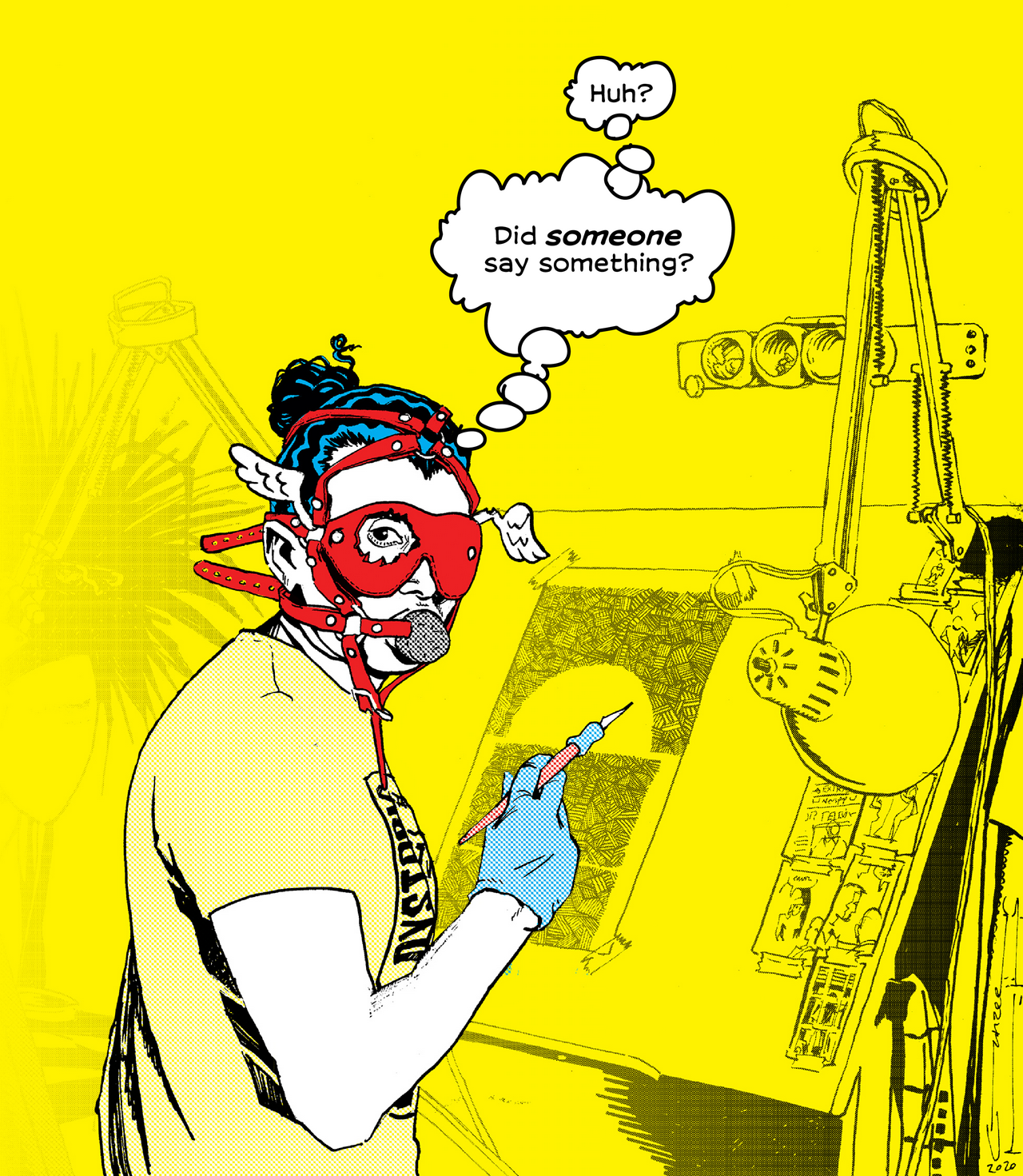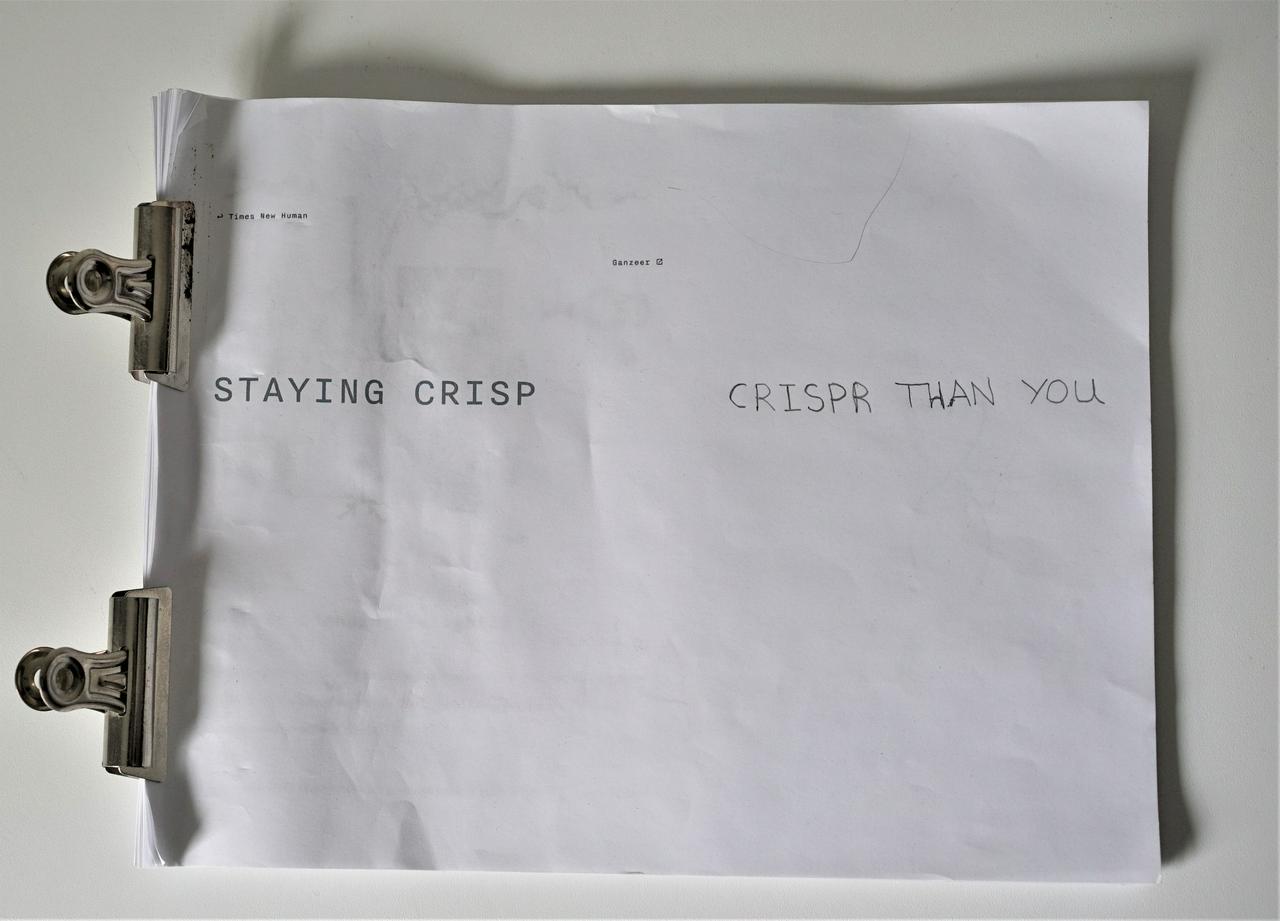
I get a lot of repeat questions by email, and I have no secretary/assistant/staff to address them, and being a neurotic inbox-zeroer I find it quite difficult to get on with my day without tending to unanswered emails, so... I figured I'd put together a little FAQ for some of the most commonly asked questions to save us all a little time and energy.
I am writing a paper/article/book on the art of the Arab Spring. Would you be available for an interview?
I'm afraid not. I've given hundreds of interviews on the subject over the course of the past decade, and seldom is there anything new to be said. And I neither have the time nor inclination to revisit it anymore.
Can you come speak at [—–] about your experience during the Egyptian revolution?
Not anymore, sorry.
We are from [major publisher], and would like to offer you a contract to produce a memoire about your experiences during the Arab Spring.
Thank you for thinking of me, but I'm afraid I'm not interested.
We are doing research on the current state of the Egyptian art scene. Would you be available to answer questions?
I have not been based in Egypt in many many years and know very little about the current state of the art scene there.
Can I commission you to design the cover art for my forthcoming academic book? And how much do you charge?
Absolutely. I charge a flat fee of USD $2000. Based on my experience designing academic book covers though, here are a few things to keep in mind:
1) This will likely have to come out of your research budget, because academic publishing houses certainly don't pay that much for cover art. They usually have an underpaid salaried in-house designer do it along with hundreds of other covers in any given month.
2) The design process from start to finish takes about a month. A nonrefundable 50% down payment is required in advance, with the remaining fees payable upon completion and approval.
3) My schedule is usually laid out for at least a couple months in advance, so keep in mind that I may not be able to start on your project before at least 1-2 months.
4) As far as I'm concerned, cover typography and cover art go hand-in-hand and I will design the cover as such. The publishing house may see it fit to design a different title treatment for the book, and that's totally fine as long as final approval of cover art/design goes through me. My agreement with you will stipulate this. Trust me, this will ensure that the cover art you hire me to work on will be presented in the best possible way. Some of the most prestigious academic publishers in the world have been courteous enough to work with me in this fashion thanks largely to the insistence of the author who originally hired me to create the art.
5) I retain full copyright of everything I create, including commissioned book covers. You will however receive an exclusive license to use it for your book, which means you can rest assured that it'll never appear on any other book.
What about designing non-academic book covers?
Sure, I do those as well.
Can I use an older artwork/painting/mural of yours for my book cover? If so, how much would it cost?
Sure. I offer non-exclusive licenses for such usage at $500 a pop.
I heard that your sci-fi graphic novel THE SOLAR GRID has finally been released! Where can I buy it?
It's actually not at all finished yet! But Radix Media (together with my own publishing imprint Mythomatic) has been issuing individual chapter installments in print. To date, #1-5 are available directly from Radix Media. They will soon be available through Mythomatic as well (be sure to sign up for the newsletter to be notified), and you can read them digitally at TheSolarGrid.net.
When will THE SOLAR GRID be finished?
You can't rush genius, dammit! Okay, in all seriousness: the end date keeps getting pushed back year after year, so I'm quite reluctant to give a for-sure date at this time. It sucks, I know. As a reader, I also don't appreciate it when creators don't stick to an aforementioned schedule, but as a creator I also understand when the nature of the work itself demands a unique approach to its creation. Let's just say I'm operating on an ASAP basis right now, with hopes of completing it in 2022. Sign up for the Mythomatic newsletter to get notified.
I see you have an online shop. Do you ship to [—–]?
I ship everywhere, baby. 😎
I'll be coming back to this post and updating it as needed, and will also be adding a version of it directly on ganzeer.com
#journal #FAQ










